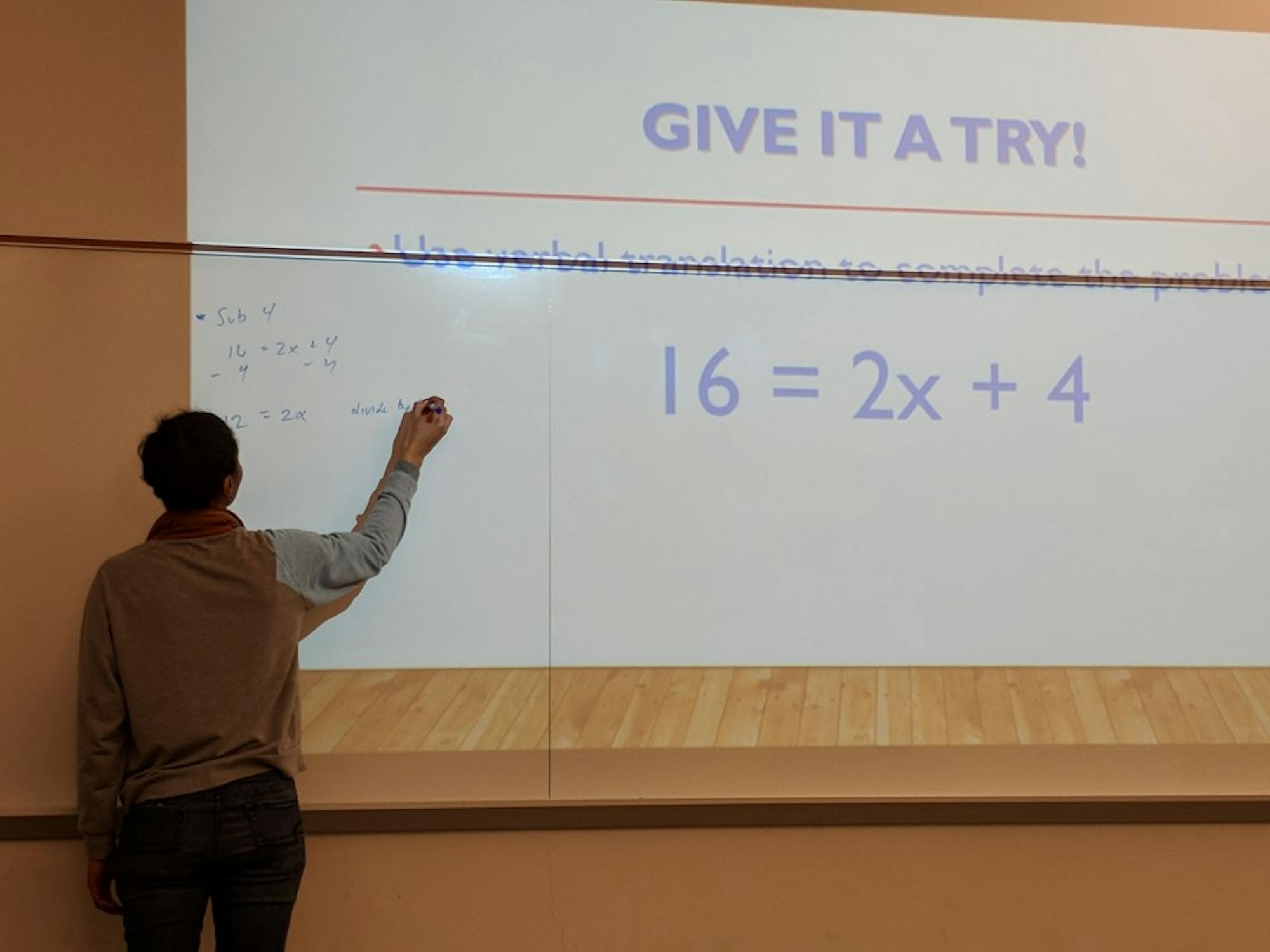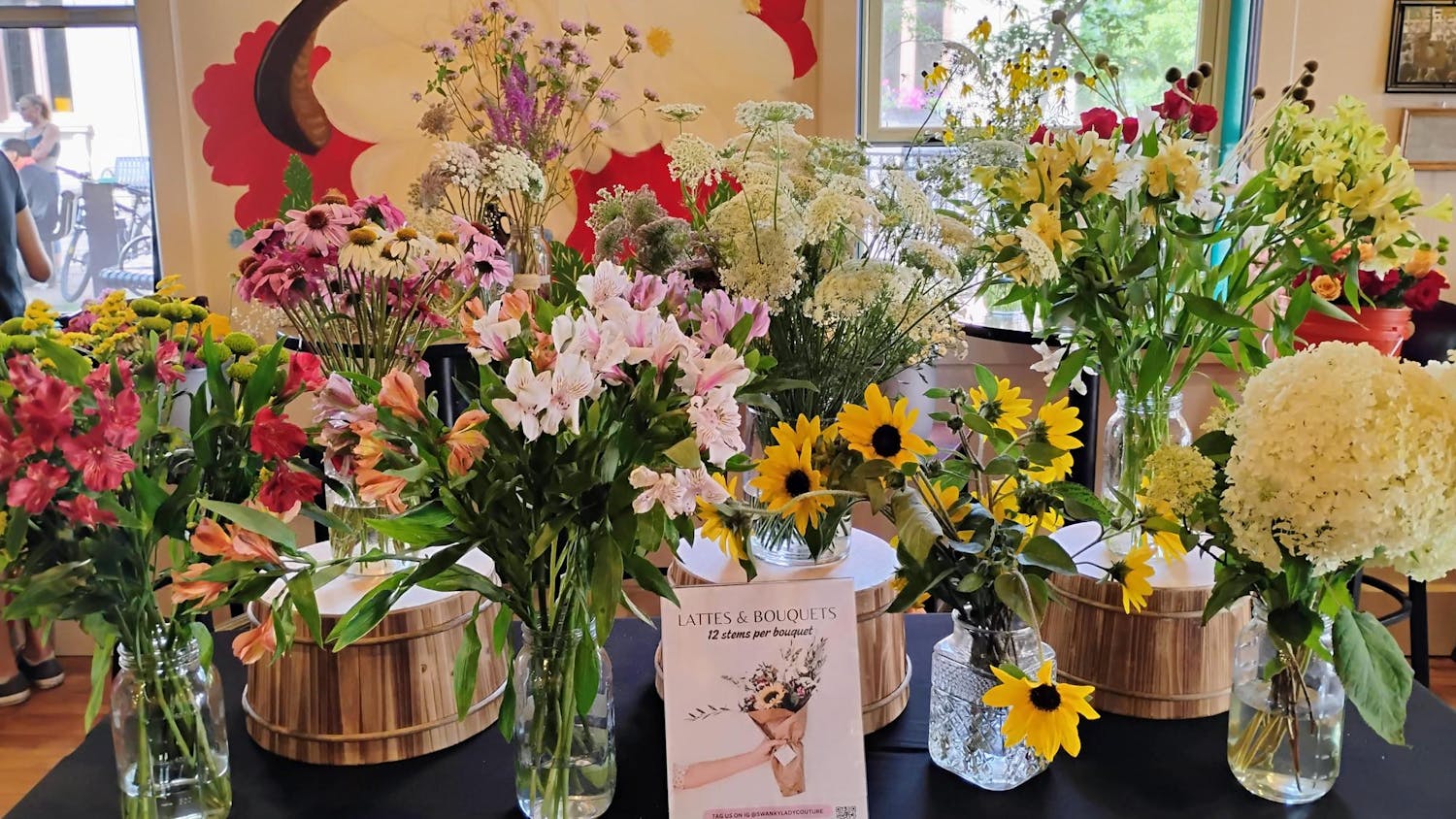The workshop “Learning to Learn in Technical Courses”, held in the Halle Library basement on Friday Feb. 16, hopes to help students identify the best way they can learn in their classes.
The class was one of the weekly academic probation workshops the Holman Success Center puts on. The goal of these workshops and the HSC is to “support students academically,” according to workshop instructor Alesha Carter.
The cornerstone of these workshops and the HSC is the VARK questionnaire, which helps determines which learning style a student most comfortably utilizes: visual, audio, reading, and kinesthetic.
Carter and the HRC believes that this breaking down of the different learning styles will allow students to better succeed, because once a student is actually able to put to words how they process information, it takes the guesswork out of it.
“There’s a way to rationally explain it,” Carter said. “There’s a science to it.”
The science comes as a surprise to many. Many students and teachers go through most of their academic life thinking that learning is a uniform experience.
“Students are surprised to learn there is such a thing as a learning preference.” Carter said.
Despite being new information, Carter has not found any students who have given the VARK questionnaire a chance not find it helpful. According to Carter, while there will always be some resistance to learning new things no matter how helpful, the students who have given it a chance have seen large improvements in their grades and effectiveness by finding specific things they can do to process information better.
“Knowing about VARK and your learning preferences is important,” Carter said “Especially in courses that don’t support it.”
“Learning to Learn in Technical Courses” serves as a sort of “next step” for students to take after discovering their preferred learning type, and focuses on how one could break down some of the more basic math word problems in a way that won’t leave students as overwhelmed.
Carter emphasized the beauty of technical problems being in the concrete answers that exist no matter how dense the questions may seem. She showed the power in breaking the problems down into steps, and the ways of doing that. For number problems, it is as simple as breaking it down into steps, following what rules we know must be true, such as three angles of a triangle adding up to 180 degrees, and then solving the problem. With more complex, real world problems, Carter suggested drawing a pictures, and breaking it down into a math problem as quickly as possible, and then proceeding forward with the usual steps.
This method, according to Carter, is great for visual and reading and writing focused learners who need to see the problem as a series of words as pictures as opposed to a more abstract, dense concept.
“Learning to Learn in Technical Courses” and all of the remedial workshops provided by the HSC have one common goal: aid.
“We will work in any way we can support our students, using all the resources we have.” Carter said.







